T.I.P. SPP 400 FT Bruksanvisning
T.I.P.
Vattenpump
SPP 400 FT
Läs gratis den bruksanvisning för T.I.P. SPP 400 FT (96 sidor) i kategorin Vattenpump. Guiden har ansetts hjälpsam av 20 personer och har ett genomsnittsbetyg på 4.3 stjärnor baserat på 10.5 recensioner. Har du en fråga om T.I.P. SPP 400 FT eller vill du ställa frågor till andra användare av produkten? Ställ en fråga
Sida 1/96

Poolpumpe Bazénové čerpadlo
Pool pump Črpalka za bazene
Pompe pour réservoir
Pompa per piscine
Bomba para piscinas
Medenceszűrő szivattyú
Pompa basenowa
Čerpadlo Pool
Помпа за басейнс
Pompa Pool
Pumpa za bazene
SPP 300 F / SPP 400 FT / SPP 600 FT
SPP 300 F
SPP 400 FT / SPP 600 FT
Produktspecifikationer
| Varumärke: | T.I.P. |
| Kategori: | Vattenpump |
| Modell: | SPP 400 FT |
Behöver du hjälp?
Om du behöver hjälp med T.I.P. SPP 400 FT ställ en fråga nedan och andra användare kommer att svara dig
Vattenpump T.I.P. Manualer
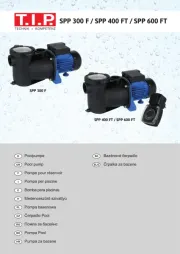
13 September 2025

11 September 2025
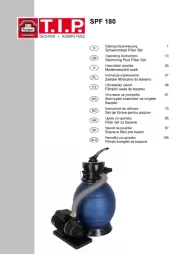
11 September 2025

11 September 2025

11 September 2025
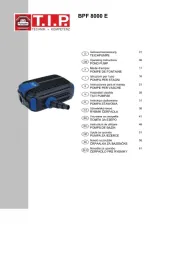
11 September 2025

11 September 2025

26 September 2024

19 September 2024

19 September 2024
Vattenpump Manualer
- Parkside
- Pontec
- Truper
- Tallas
- Alphacool
- Mitsubishi
- Wingart
- Duromax
- DAB
- Metabo
- Topcraft
- Zipper
- Ferroli
- Jabsco
- Kranzle
Nyaste Vattenpump Manualer
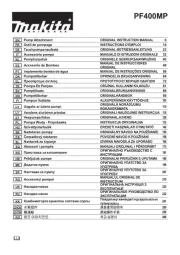
12 Oktober 2025
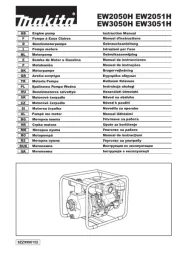
9 Oktober 2025
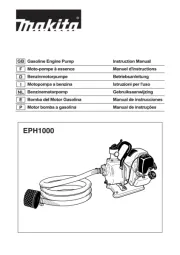
9 Oktober 2025
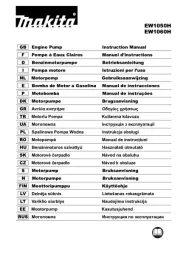
9 Oktober 2025
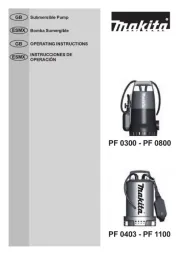
9 Oktober 2025
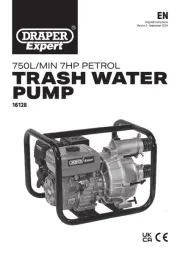
7 Oktober 2025
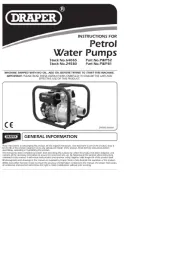
7 Oktober 2025
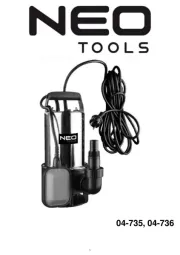
6 Oktober 2025
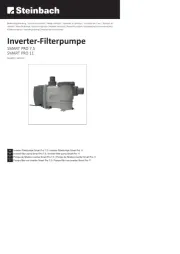
6 Oktober 2025

6 Oktober 2025